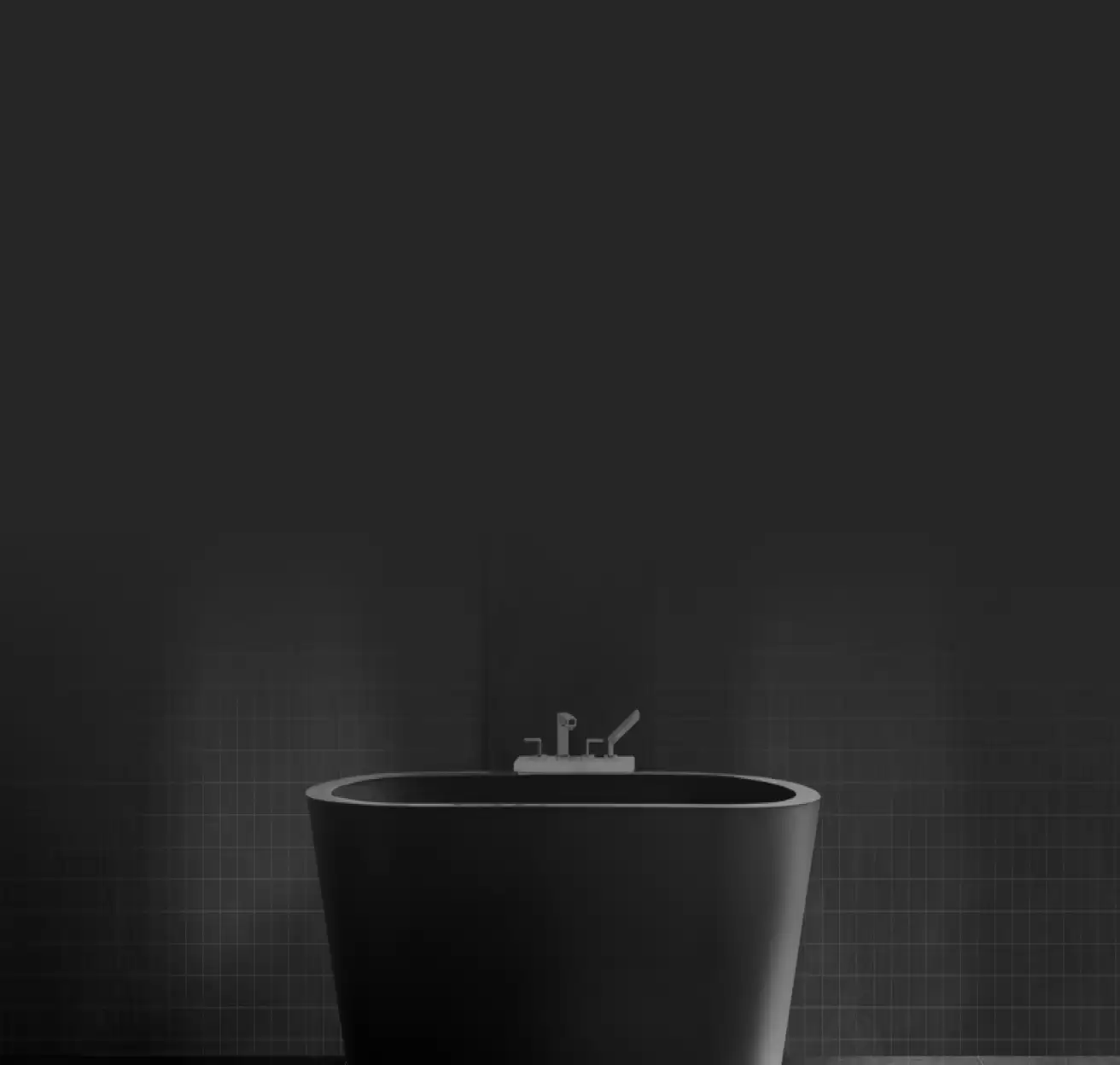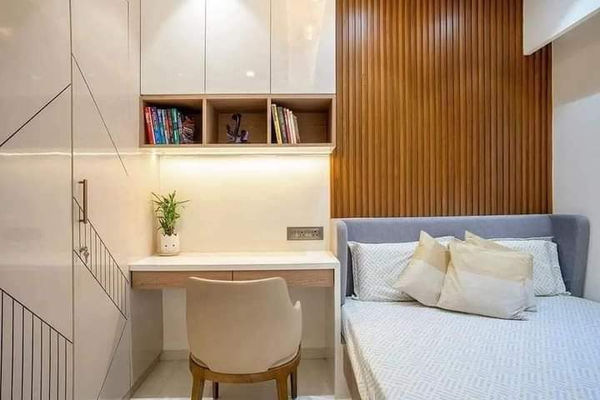


- Home
- Designs
- Room Designs
- Study Room
Showing 15 results for
Study Room Designs
In the present era where the lives of people are getting increasingly busy and stressed, having a dedicated space for studying or working is more than just a desire. Whether you are a student in school, working from home, or just a person who loves the idea of reading, studying, or having a comfortable workspace, the latest study room designs are for you. The study room design refers to a comprehensive process of choosing the right layout, efficient storage solutions, proper lighting, ergonomic furniture, and inspiring decor to create a productive workspace.

Loading...




















 Call McCoy Mart
Call McCoy Mart

















